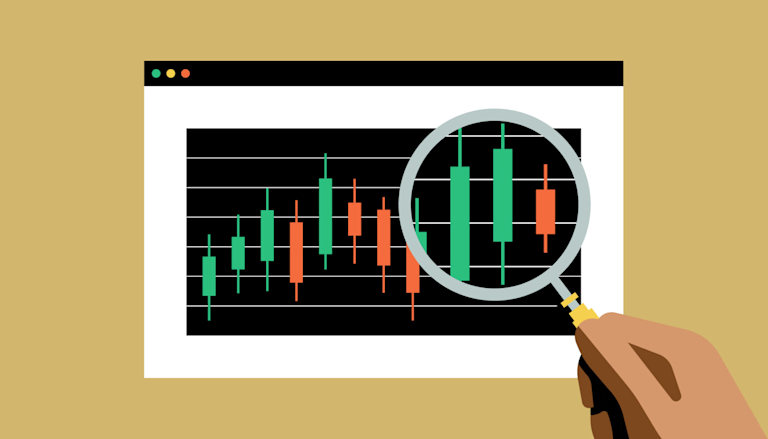
Mastering Trading Crypto Charts: Strategies for Success
In the fast-paced world of cryptocurrency trading, understanding and interpreting Trading Crypto Charts is crucial for success. The ability to read and analyze charts can be the difference between making profitable trades and incurring significant losses. In this article, we will explore various aspects of crypto charts, how to use them effectively, and the strategies that can lead to informed trading decisions. For more insights on this topic, check out this video: Trading Crypto Charts https://www.bitchute.com/video/X3NqhZdXBC6F/
Understanding Crypto Charts
Crypto charts are visual representations of the price movements of different cryptocurrencies over time. They typically display price data on the y-axis and time on the x-axis. The most common types of charts used in crypto trading include line charts, bar charts, and candlestick charts. Each type offers different insights into price movements and trading patterns.
Line Charts
Line charts are one of the simplest forms of price charts. They connect closing prices over a specific time period with a continuous line, allowing traders to see the overall trend of the asset. While they may not provide detailed information about daily price fluctuations, line charts are useful for identifying long-term trends.
Bar Charts
Bar charts provide more information than line charts by displaying the open, high, low, and close prices for each time period, known as OHLC data. Each bar represents a specific period, and the variations in bar height provide insight into price volatility. Traders who utilize bar charts can identify price ranges and potential reversal points.
Candlestick Charts
Candlestick charts are popular among traders due to their visual appeal and the amount of information they convey. Each candlestick represents a specific time period and displays the same OHLC data as bar charts but in a more intuitive format. The body of the candlestick indicates the price range between the opening and closing prices, while the « wicks » show the high and low prices during that time. Understanding candlestick patterns is pivotal for making educated trading decisions.
Key Indicators for Trading Crypto Charts
In addition to understanding different types of crypto charts, traders should familiarize themselves with key technical indicators. These indicators help analyze price patterns and can provide signals for potential buying or selling opportunities. Some popular indicators include:
Moving Averages
Moving averages smooth out price data over time by creating a constantly updated average price. The two most common types are the simple moving average (SMA) and the exponential moving average (EMA). Traders often use moving averages to identify trends and determine entry and exit points in their trades.
Relative Strength Index (RSI)

The RSI is a momentum oscillator that measures the speed and change of price movements. It ranges from 0 to 100 and is typically used to identify overbought or oversold conditions in a market. A common strategy is to consider an RSI above 70 as overbought and below 30 as oversold.
MACD (Moving Average Convergence Divergence)
The MACD is a trend-following momentum indicator that shows the relationship between two moving averages of an asset’s price. Traders use the MACD to identify potential buy and sell signals as well as to assess the strength of a trend.
Developing a Trading Strategy
A successful trading strategy combines technical analysis with sound risk management. Here are some steps to develop your strategy:
Define Your Objectives
Setting clear objectives is crucial. Are you looking for short-term gains, or are you interested in long-term investments? Your objectives will shape your approach to trading and guide your decisions when analyzing charts.
Analyze Historical Data
Historical data is essential for understanding market trends and identifying patterns. Study past price movements, chart patterns, and how specific indicators have performed over time. This analysis will improve your ability to make predictions about future price movements.
Implement Risk Management Strategies
No trading strategy is complete without risk management. Determine how much of your portfolio you are willing to risk on each trade, and establish stop-loss orders to minimize potential losses. Effective risk management will help you remain in the market longer and increase your chances of success.
Continuous Learning and Adaptation
The world of cryptocurrency is constantly evolving, and staying updated is critical for maintaining a competitive edge. Regularly review your strategies, analyze new market trends, and be open to adapting your approach. Engaging with other traders, attending webinars, and following industry news can greatly enhance your knowledge and trading skills.
Conclusion
Mastering Trading Crypto Charts requires time, practice, and a solid understanding of market dynamics. By familiarizing yourself with different types of charts, key indicators, and the development of a well-structured trading strategy, you can improve your trading performance. Remember that trading is not just about making quick profits; it’s also about managing risks, ongoing education, and adapting to the market’s ever-changing conditions. With determination and the right approach, you can navigate the complexities of cryptocurrency trading successfully.
